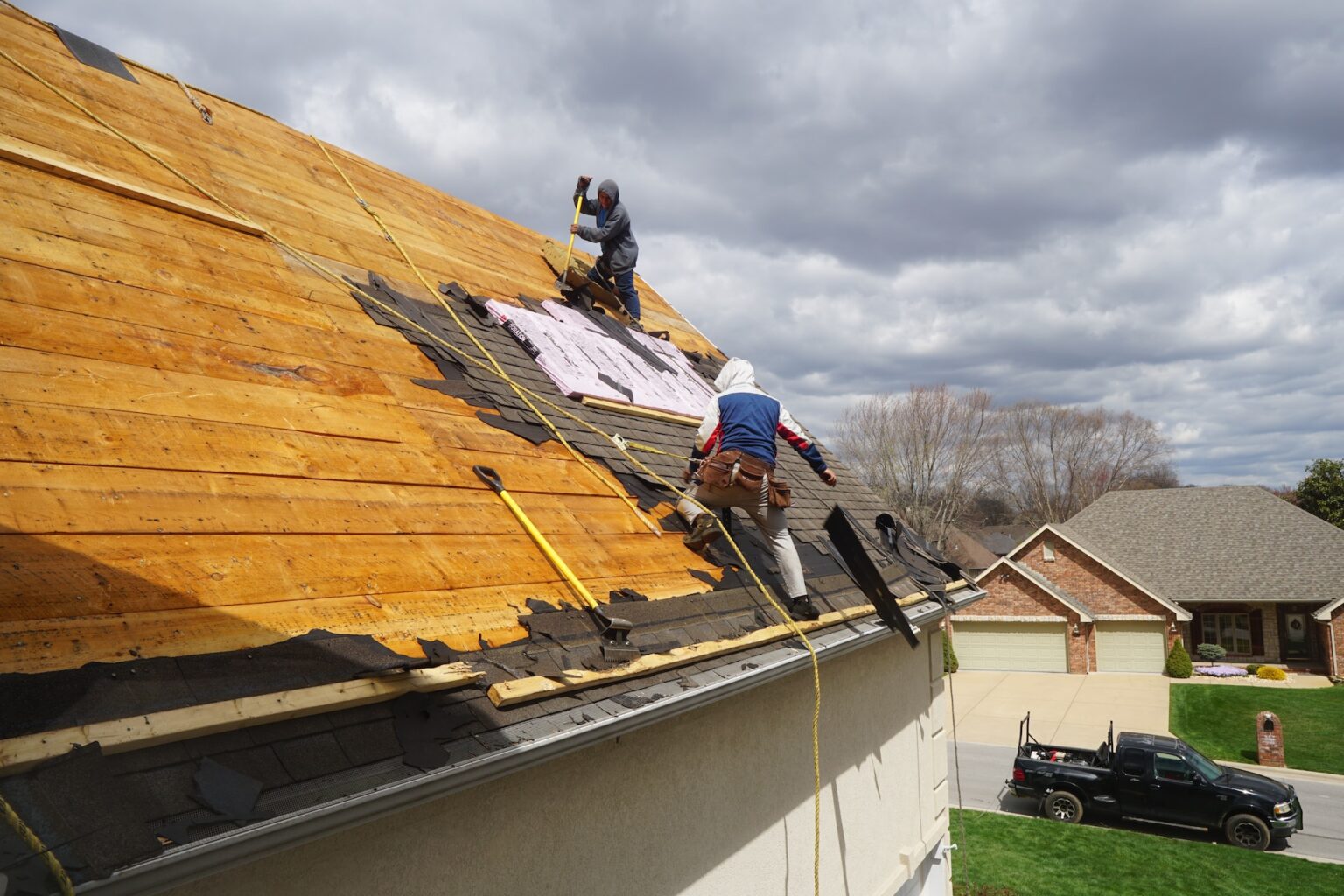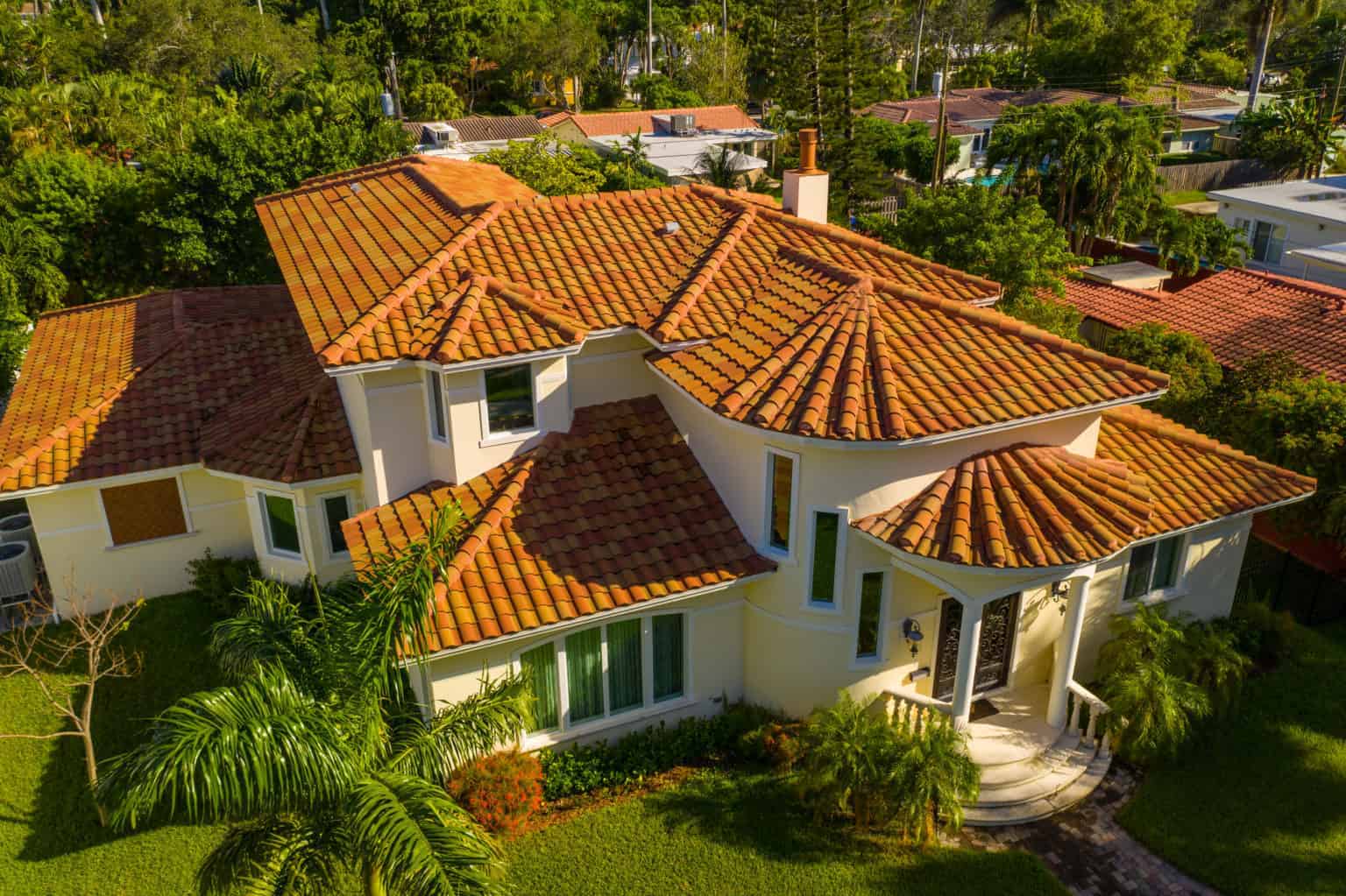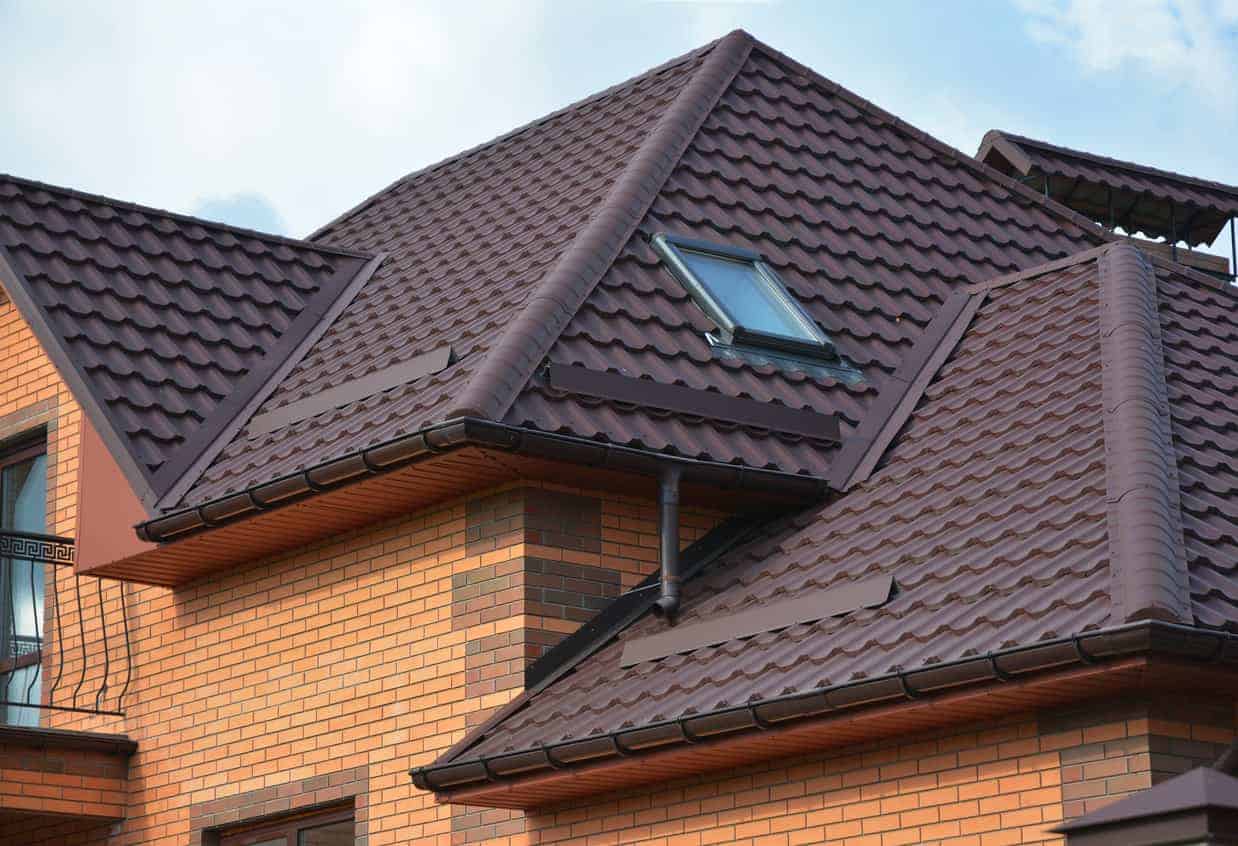Top 5 Reasons Not to Install a Satellite Dish on Your Roof
You see them everywhere. Satellite dishes mounted on long metal brackets on your neighbors’ roofs, a tall pole in someone’s yard or jutting out from the eaves of a home. All of these options must be good ones if your neighbors are doing it right? Wrong. Most roofing companies recommend that you install your satellite dish somewhere other than your roof, and many cable television companies tend to agree with them.
Of course, dishes need to be placed high enough so that their signal isn’t obstructed by trees or other buildings, and not every homeowner has the ability to mount their dish somewhere other than their roof.
Top 5 reasons you shouldn’t mount a satellite dish to your roof
- Any time you mount something to your roof, it means that holes must be drilled into it. A satellite dish can’t be mounted to shingles. It won’t be stable. That means that metal brackets will have to be used and those brackets will have to be secured through the shingles, underlayment, and into the wooden deck of your roof, creating a path for water to enter your home.
- In Southwest Florida, with its tropical storms and hurricanes, holes in your roof make it easier for moisture to migrate into your attic and eventually cause damage to your ceilings. Roof leaks happen when the dish mount holes are improperly sealed. And, let’s face it, satellite dish installers are not roofing professionals. They need to install your dish as soon as possible so they can move on to the next job, meaning that they aren’t too worried about what will happen to your roof if they haven’t done a good job sealing the holes after they install your dish.
- A satellite dish mounted to a roof is the recipient of every weather event Mother Nature throws at your home, including hurricane winds and pounding rain in Southwest Florida. Because a dish ends up being the tallest thing on your roof, it catches the wind and weather, which eventually will loosen the brackets, causing serious roof damage.
- Mounting a satellite dish to your roof by drilling holes through all of the layers could void the warranty on your roof if problems occur down the road. Most warranties only cover a roofing company’s installation of the roof. If damage arises from the third-party installation of a satellite dish on your roof, the repairs won’t be covered by your warranty and could cost you hundreds, if not thousands, of dollars to repair.
- Most satellite television companies won’t come and remove the dish from your roof if you cancel their service. Why? Because they don’t want to be liable for the damage to your roof. Once a dish is removed from your roof, you will need to hire qualified roofing professionals to either patch the holes in your roof or install a brand new roof.
So where should you mount a satellite dish?
Most companies agree that you should install the dish on a pole mount, next to your home, or, if you must install the dish on your home, install it on the side of your house, preferably the side with your garage so that you minimize the entry of weather into your home if there is a problem with the sealant around the dish mounting brackets. Many people attach their dish to the fascia. The benefit of this is that wind and water won’t be as much of a factor on the side of your house as they would be on the roof.
What can you do if you mounted a dish to your roof and you now have regrets?
Epic Roofing & Exteriors is a locally owned and operated company that has served Southwest Florida for 30 years. Our roofing specialists can come out and assess the damage to your roof at a moment’s notice and help prevent further damage from wind and water. We can replace roofing that has been damaged or give you a great quote on a full roof replacement. We work with all types of roofing, including metal, flat, tile, and shingle for both residential and commercial buildings.
Epic Roofing also offers residential roof maintenance plans. We will establish a maintenance schedule for your home that takes into account the age of your roof, the roofing material used, and the climate and location of your home. Our crews will come out periodically to repair and clean your gutters, clear debris that can damage your roof, repair or replace flashing or shingles, look for leaks, replace sealant, and clean and maintain your chimneys. We recommend that you have your roof maintained at least twice a year. Preventative measures can save you hundreds of dollars over time.



